Since 2015, Mechanical Thrombectomy has been regarded as the standard of care for large vessel occlusion (LVO) stroke, following randomized trials that demonstrated its robust superiority when compared to medical management alone. Subsequently, noteworthy advancements have resulted in increasing access to MT. However, as one might expect, substantial disparities persist between high-income and low- to middle-income countries (LTMICs) in their capacity to administer this treatment.
Part of the mission of the World Stroke Organization (WSO) is to enhance resources for stroke treatments globally. It might be assumed that expanding access to MT would be "overly challenging," given the advanced infrastructure that is required to provide this care. Yet, I would argue that delivering treatment with MT globally faces similar challenges to providing any other form of stroke treatment. Moreover, many of the strategies currently being implemented to reduce stroke treatment gaps could also be leveraged to enhance global access to thrombectomy.
We have created the Mechanical Thrombectomy Training Pathways program to complement the ongoing endeavors of the WSO in aiding hospitals from LTMICs to provide stroke treatments according to the highest standards, via the WSO/Global Stroke Alliance Stroke Center Certification program. Our MT training initiative is intended for hospitals that have either sought certification or have already gained certification as an ‘advanced’ stroke center. The program is customized to address the specific needs of each individual hospital, and the MT treatment challenges unique to their respective regions. Since 2022, we have conducted personal visits to 13 hospitals across 4 countries. Additionally, hybrid conferences have engaged thousands of participants – for instance, our virtual registration in Mexico alone included approximately 2,000 caregivers, with an average of 700-900 attendees joining daily conferences online. This program provides an experienced neurointerventionalist available for a 7-day period to support all MT cases at the participating hospitals during that week. Additionally, a comprehensive educational curriculum is integrated throughout the week for both interventional and non-interventional staff. Industry partners also contribute by providing flow models and devices for hands-on sessions with physicians and trainees.
Recently, we have also implemented MT training courses for NIR physicians utilizing bio-imitative anatomical models observed under fluoroscopy, acrylic flow modes, and virtual reality simulation. This specialized training is exclusively designed for physicians with formal education in neurointervention. Through an open survey we can identify physicians with the necessary resources to perform MT procedures based on stroke admissions, referral patterns and existing hospital infrastructure. Earlier this month, seventeen physicians convened in Neiva, Colombia to participate in a comprehensive 20-hour MT course. This course was followed by a press conference and included a combination of didactic lectures, engaging case discussions, and hands-on practice sessions. In a subsequent survey conducted after the course, all physicians found the course to be ‘practice-changing’ (71.4% strongly agree, 21.4% agree, 7.1% agree with some local limitations), and all physicians felt more confident with their MT skills at the end of the course (85.7% strongly agree, 14.3% agree). We believe this positive feedback highlights the effectiveness of our training approach and its impact on enhancing the capabilities and confidence of the participating neurointerventionalists. We are equally excited to extend our initiatives into South Asia, as we prepare to host a similar thrombectomy course in New Delhi, India. This event is integrated within the upcoming GSA Ministerial Meeting, scheduled for September 2023, and will include 28 neurointerventional physicians, representing India, Bangladesh, and Sri Lanka.
Undoubtedly, MT stands out as the most transformative treatment for patients with LVO stroke. As we face multiple challenges to increase access to MT, we recognize that this endeavor surpasses the capabilities of a single individual or society. The dedication and expertise of multiple individuals combined with the collective efforts of international organizations, remain crucial to fostering collaborations that will enhance provider education and MT treatments to the level they are urgently needed.
I remain grateful to the WSO, under the esteemed leadership of Dr. Sheila Martins, for their recognition of the paramount significance that MT education holds within the realm of stroke care. The collaborative efforts of organizations like WSO are instrumental in shaping the future landscape of medical training and patient care, and I am honored to be part of this shared journey towards excellence.
Sincerely,
Dr. Violiza Inoa
Interventional Neurologist, Semmes Murphey Clinic, Memphis, TN, USA
Chair, WSO Mechanical Thrombectomy Training Pathways Program
- Calling All Future Stroke Leaders
- Words from the President on stroke care during the COVID19 pandemic
- World Stroke Academy content is NOW available free online to all
- Global Stroke Leaders Launch Radical Prevention Strategy
- The Global Impact of COVID-19 on Stroke - the latest results from the survey from Prof. Marc Fischer, WSO President-Elect
- Reduced rates for your attendance at ESO-WSO 2020
- Get ready to Join the MoveMent!
- Global Stroke Leaders Launch Radical Prevention Strategy
- World Stroke Day 2020 News Release
- No Time for Silence on Stroke Prevention
- WSO Brain and Heart Week
- The latest World Stroke Academy news
- Accuracy in BP Measurement and Effective Hypertension Control Promoted on World Hypertension Day
- The 74th World Health Assembly - 24-31 May
- The state of stroke services across the globe: report of World Stroke Organization
- WHO releases priority list of medical devices and interventions for stroke
- World Stroke Day Campaign website and toolkit LIVE
- WSO welcomes WHO recommendations on management of hypertension
- The World Stroke Academy newly branded website is live!
- 5 ways you can support the #Precioustime campaign on World Stroke Day
- GCCH Position Paper “Preventing the next pandemic: The case for investing in circulatory health”
- Global survey reveals only 35% hospitals worldwide provide life-saving stroke treatment
- How to save $1 trillion
- WSO Global Stroke Fact Sheet 2022
- World Stroke Campaign Award Shortlist Announced
- ICD-11 is now officially in effect
- World Stroke Organization’s statement on Ukraine
- WSO Annual Report for 2021
- Get Ready for World Stroke Day 2022 - The Power of Saving #Precioustime
- WHO Strategic Technical Advisory Group meeting on Global Noncommunicable diseases action plan 2013-2030
- WSO Calls for changes in primary prevention guidelines for cardiovascular disease and stroke
- WSO Future Stroke Leaders Programme - Cohort 2 Announcement
- Building Momentum around Implementation of Quality Stroke Care – update from the WSO Rede Brasil AVC Global Stroke Alliance Meeting, Sao Paulo
- World Stroke Day 2022 Raising public awareness of stroke signs and the importance of #Precioustime
- Countdown to World Stroke Day- key actions for members and partners!
- WSO is announcing the results from the Officers elections 2022
- World Stroke Organization Tackle Gaps in Access to Quality Stroke Care
- WSC 2022: One Voice for Stroke
- World Stroke Day #Precioustime Campaign Evaluation
- In memoriam of Dr. Ralph L. Sacco
- WHO Executive Board (EB 152)
- RES-Q + Using digitization and artificial intelligence to improve healthcare
- Be the storyteller of 2023. Submit your abstract at WSC 2023!
- Summary of systematic review and synthesis of global stroke guidelines on behalf of WSO
- World Health Assembly (WHA76)
- World Stroke Day 2023 - Together we are #GreaterThan Stroke
- THE ROAD TO UHC: WHY INTEGRATION OF CIRCULATORY HEALTH INTERVENTIONS IN PRIMARY CARE IS ESSENTIAL
- Global Declaration on Stroke
- NEW World Stroke Campaign Website goes LIVE!
- Global Declaration on Stroke Commitment Launch: New Delhi, India – September 8th, 2023
- TOGETHER WE CAN BE #GreaterThan STROKE!
- The Global Stroke Community Reunited for the WSC 2023
- Join the Future Stroke Leaders Success Journey – Cohort 3 Applications Open
- The RES-Q platform has officially launched!
- New Trial Expands Window For Stroke Thrombectomy With Simpler Imaging
- Now available: WSA Big Data & Stoke e-Learning module
- World Stroke Day 2024
- World Stroke Campaign Award 2023 Winners
- United in Action to Transform Stroke Care
- WSC 2024 Early Bird Registration Deadline Approaching!
- WSO and SingHealth Sign MoU to Enhance Regional Stroke Management and Care in Collaboration with Angels Initiative
- Stroke Action Now - join the WSO global advocacy coalition
- Time for a Revolution in Stroke Care - Acute Care Policy Brief Launch
- Prioritizing access to quality acute stroke care - the time to act is now!
- World Stroke Organization Launches Global Coalition to Drive Action on Stroke Care
- Highlights from the Global Stroke Alliance meeting in Bogota, Colombia – 20-22 November 2024
- United in Action for #StrokeActionNow - Update from the Global Stroke Action Coalition
- Homepage
- Vision and strategy
- Board and Executive Committee
- Privacy policy
- Terms of use
- SEO sitemap
- Global Stroke Corner
- Words from the President: LOOKING AHEAD
- WSO Publishes Global Stroke Fact Sheet
- WSO Call for Editor-in-Chief of IJS
- WSO Membership - Call for Dues 2019
- ESO-WSO Conference 2020
- XXII Ibero-American Stroke Organization Congress
- Asia Pacific Stroke Conference 2019
- European Master in Stroke Medicine - Feedback from WSO scholarships recipients
- Philippine Nationwide Stroke Training, 2018
- Advances in neuroscience & new strategies for preventing & treating brain diseases, November 2018, Moscow
- International conference on essentials of stroke care, November 2018, India
- Education Committee Update
- SSO Committee March 2019
- Stroke Guidelines & Quality Committee Update
- WSO Research Committee Update
- WSO and Global Policy – Key Events in 2019
- Report of WHO Global Forum on Medical Devices
- Report from the WHO’s Executive Board in Geneva January 24th to February 1st, 2019
- WSO President and Romanian Health Minister sign a Memorandum of Understanding
- First Stroke Summer School in Latin America
- Stroke Thrombolysis Master Class-2018: A Report
- Welcome to New Members
- Heart and Stroke Foundation of Canada Publishes a New Report
- On the International Women’s Day, March 8, WSO celebrated women in stroke!
- News from the European Stroke Organization
- Marie-Germaine Bousser receives the 2019 Brain Prize
Our partners and sponsors
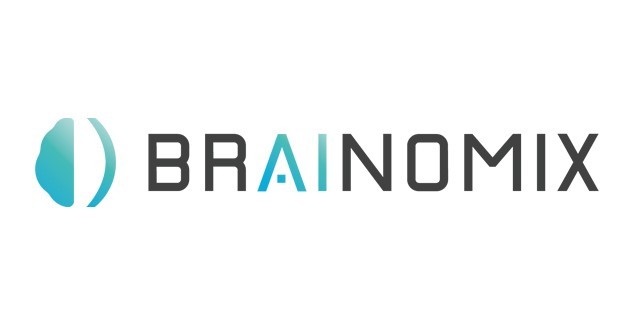 Corporate Supporters
Corporate Supporters
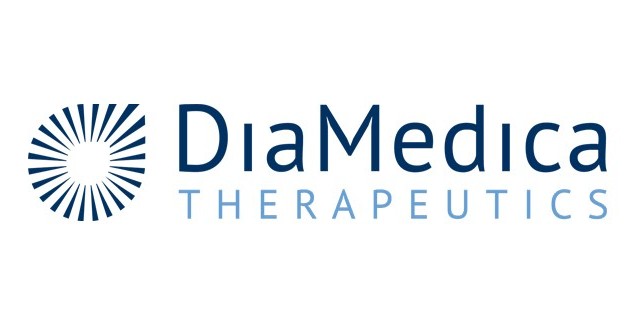 Corporate Supporters
Corporate Supporters
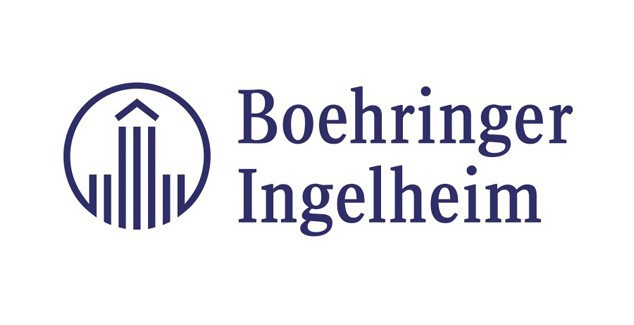 Platinum Plus
Platinum Plus
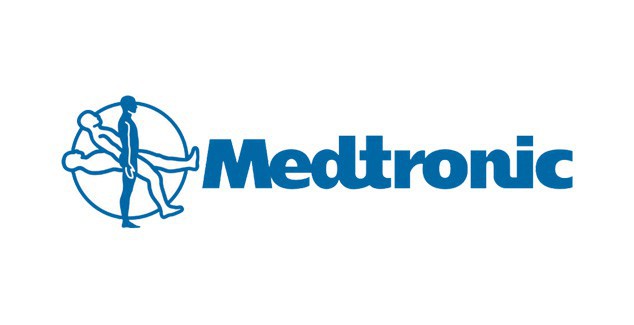 Platinum Plus
Platinum Plus
 Bronze
Bronze
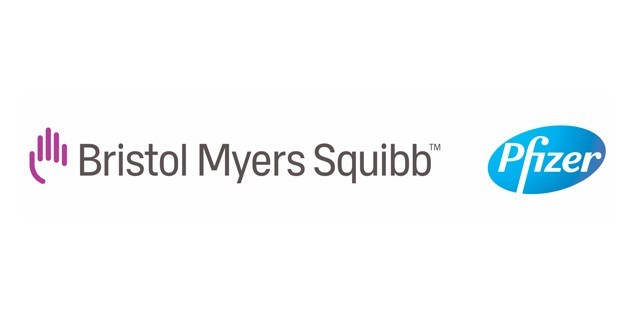 Silver
Silver
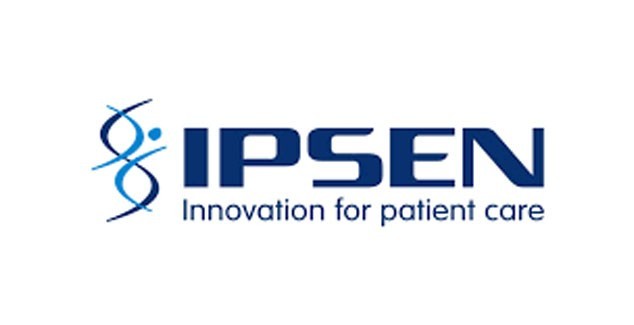 Gold
Gold
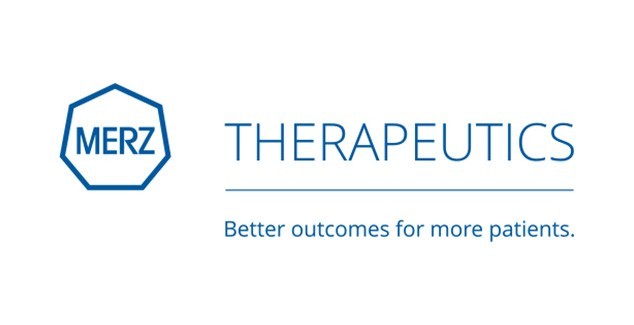 Silver
Silver
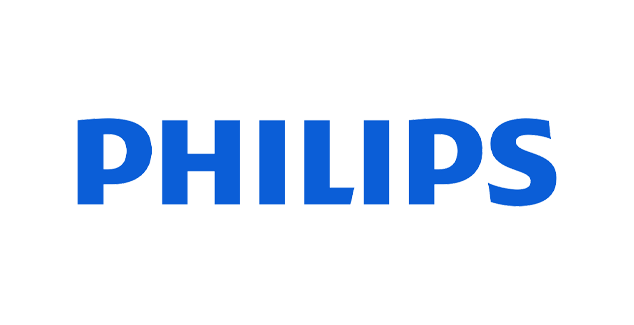 Silver
Silver
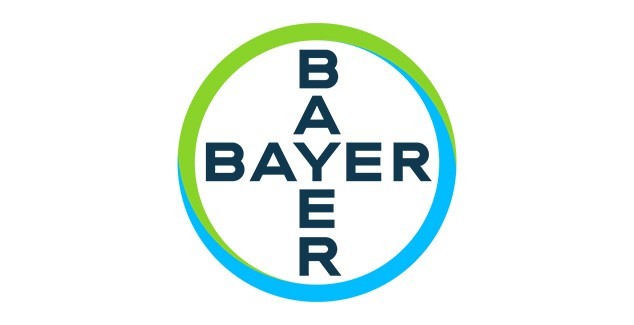 Bronze
Bronze
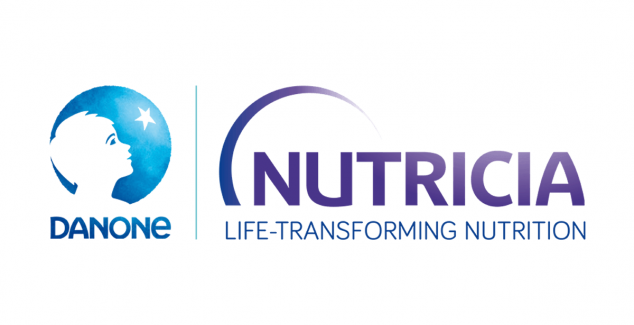 Bronze
Bronze
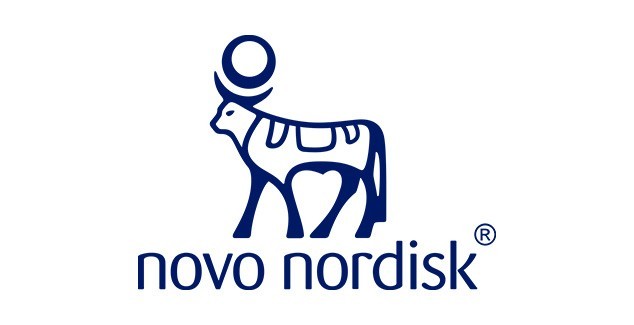 Bronze
Bronze
 Bronze
Bronze
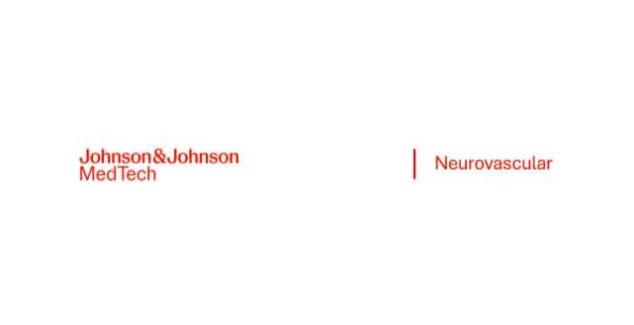 Silver
Silver

 Member login
Member login
